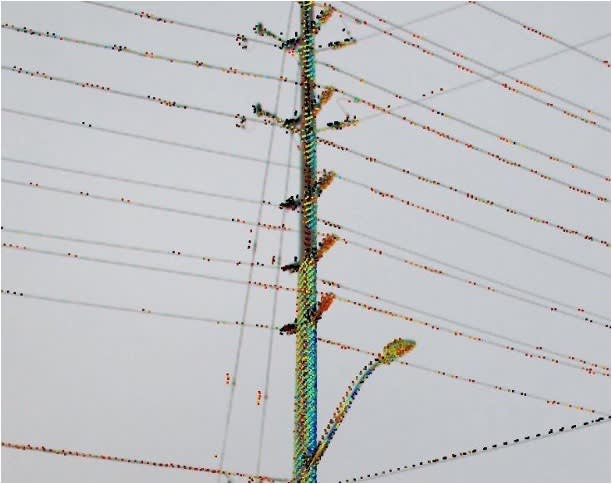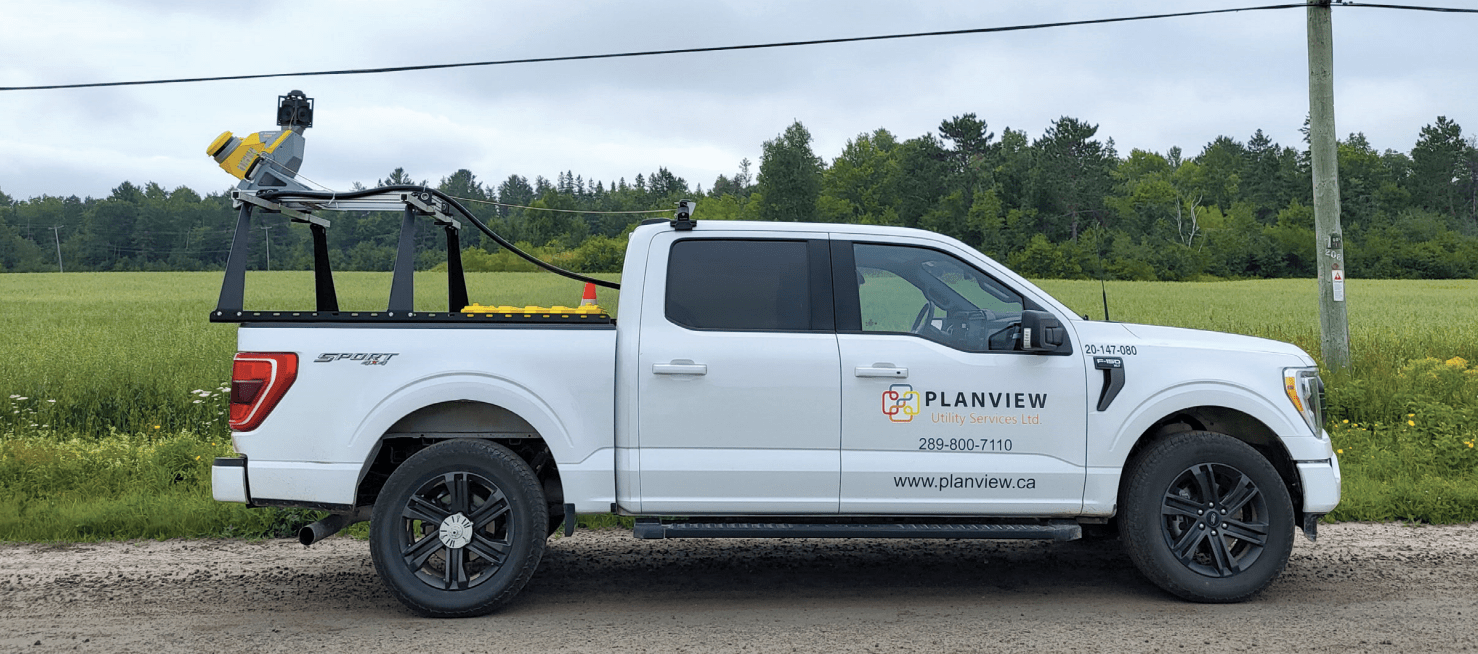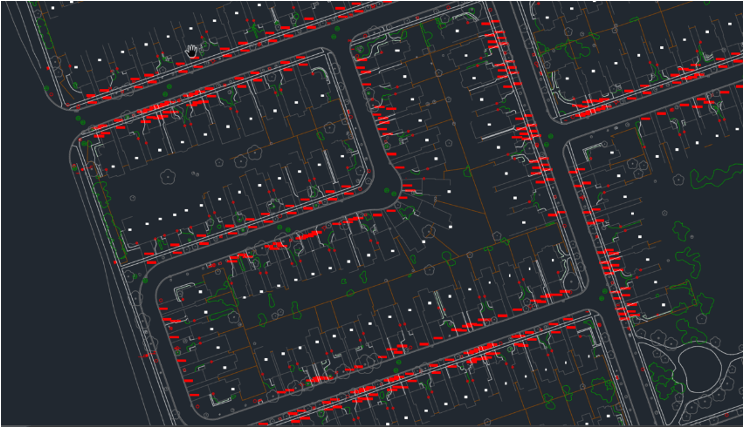New fiber to the home initiative leverages reality capture to expand connectivity
Investments in fiber to the home (FTTH) support digital equity, providing new economic, education and public health opportunities in rural and remote areas. They also present a potential growth market for surveying companies and utilities service providers as countries race to meet ambitious broadband expansion goals supported by government investments.
Harnessing the power of geospatial technology
FTTH refers to the use of fiber optic cable to deliver broadband internet connections from a central location directly to the home, known as "the last mile." FTTH replaces existing copper infrastructure such as telephone wires and coaxial cable, delivering higher data speeds, greater bandwidth and improved reliability for customers.
In North America, the Broadband Equity, Access and Deployment (BEAD) program is providing $42.45 billion to expand high-speed internet in the 50 states, District of Columbia, Puerto Rico and other territories. In Canada, the Universal Broadband Fund is investing $3.225 billion in FTTH to reach 95% of Canadian households by 2026 and 100% by 2030.
In Ontario, as many as 700,000 households — approximately 1.4 million Ontarians — lack access to high-speed internet or have no internet connection at all. To address this issue, in 2021 the Ontario provincial government committed nearly $4 billion to achieve 100% coverage for unserved or underserved homes in every region by the end of 2025. With eight Internet Service Providers (ISPs) responsible for different regions of the province, work on the Accelerated High Speed Internet Program (AHSIP) is underway.

Courtesy of Planview USL.
Landbase details for FTTH
Planview Utility Services Ltd. (Planview USL), with offices in Markham, Ottawa, and London, Ontario, provides engineering services, GIS and mapping services, subsurface utility engineering and asset management services to some of the largest utilities and municipalities in Ontario, including several of the ISPs participating in AHSIP.
Using a Trimble® MX50 mobile mapping system, Planview USL has collected over 18,000 kilometers of comprehensive point clouds and imagery to build a landbase used to design the fiber network for underserved rural communities. “It’s a challenge to get survey teams out to remote areas in our vast province, so we need to minimize the number of field visits,” says Tony D’Amico, Director GIS Services, Solutions & Mobile Mapping at Planview USL. “Mobile mapping allows us to gather a significant amount of data quickly during the summer months.”
“Our Landbase as a Service (LaaS) offering leverages mobile lidar to efficiently collect data and provide a comprehensive landbase to our clients to support their design work,” D'Amico continued. “We spend the winter months creating 360-degree imagery with Trimble Business Center and extracting up to 36 layers of data.”

Mobile mapping enhances efficiencies and drives down costs
Collecting data with a mobile mapping system offers many operational advantages. The georeferenced point clouds and imagery are collected once but used many times for various tasks, including visual asset inspections, ad-hoc measurements and vegetation management. A vehicle carrying a mobile mapping system like the MX50 operates at normal posted speeds with a two-person team capable of collecting on average 150 to 200 km per day. In five days, 750–1,000 km can be collected compared to several hundred kilometers with traditional terrestrial equipment, resulting in lower costs for lodging, meals and travel time — especially in remote areas.
“Compared to other mobile mappers that we’ve owned, we feel the MX50 offers the most user-friendly setup, mounting, software, and navigation, and the software is quite intuitive,” says D’Amico.
“Even more important is reliability — after driving hours to reach our target area, we really need the unit to work correctly. And if something does go wrong, Cansel, our local dealer, can quickly provide a loaner and send us back to work.”

The result? More opportunities for remote communities
High-speed internet connectivity to every home and business helps level the playing field for remote and rural communities left out of the growing digital economy. Ontario’s commitment to invest in FTTH will improve access and create new opportunities for video streaming, cloud computing, virtual reality, remote work, online schooling and more.
Planview USL is contributing to AHSIP by collecting thousands of kilometers of location-based information with its mobile mapping system, creating the detailed landbase necessary for effective planning, design and construction of the high-speed fiber optic network in Ontario.